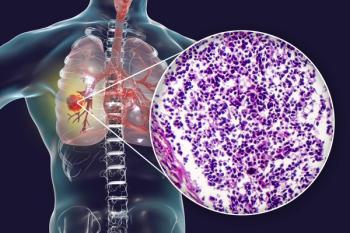
Saad Z. Usmani, MD, MBA, FACP, Talks About Durable and Deep Responses of Cilta-Cel for Patients With Multiple Myeloma
Usmani noted the strong overall response and stringent complete response rates observed with ciltacabtagene autoleucel for multiple myeloma at a median follow-up of 18 months.
At the 2021 European Hematology Association (EHA) Annual Meeting, CancerNetwork® spoke with Saad Z. Usmani, MD, MBA, FACP, of the Levine Cancer Institute in Charlotte, North Carolina, about his main takeaway from the
Transcription:
The main takeaway is that at a longer median follow-up of 18 months, cilta-cel appears to be very active. It’s leading to early deep and durable responses in heavily pretreated [patients with myeloma] with an overall response rate of 98% [and a] stringent CR rate of 80%. In the evaluable patients for [minimal residual disease (MRD)] negativity by [next-generation sequencing] at 10-5, 92% were MRD negative. [There was an] 18-month [progression-free survival rate] of 66% and [overall survival] rate of 81%. [These were] very impressive results in a heavily pretreated patient population. We look forward to getting more data in different settings within myeloma, including earlier relapse and frontline.
Reference
Weisel K, Martin T, Krishnan A, et al. Comparison of Ciltacabtagene Autoleucel (Cilta-cel) in CARTITUDE-1 Versus Standard of Care in Triple-Class Exposed Multiple Myeloma Patients in Clinical Trials of Daratumumab. Presented at: 2021 European Hematologic Association Congress; Virtual. June 9-17, 2021. Abstract EP977.
Newsletter
Stay up to date on recent advances in the multidisciplinary approach to cancer.


















































































